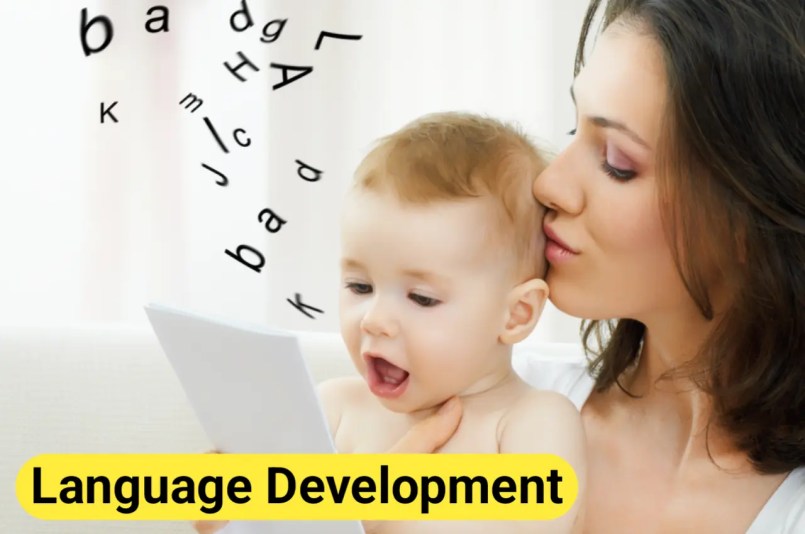In this article we are going to discuss point wise about the Educational Implications of Growth and Development. It will be very helpful in writing B.Ed Notes.

Table of Contents
Educational Implications of Growth and Development PDF
Growth and development are essential aspects of human life, and they have significant implications for education. Educational implications of growth and development are the ways in which physical, cognitive, social, and emotional development impacts the learning process. Understanding these implications can help educators create effective learning environments that cater to the needs of students.
Here are some key educational implications of growth and development:
-
- Individual differences: Every child is unique, and their growth and development happen at their own pace. Educators must recognize this and create an inclusive environment that accommodates these differences. Teachers need to develop teaching strategies that cater to the individual learning styles of students. They must be aware of the different developmental stages of their students to make sure their lessons are appropriately designed.
- Socialization: Socialization is an essential aspect of human growth and development, and it is critical for educators to create a supportive and collaborative learning environment that encourages socialization. Students should be given opportunities to work together, share ideas, and participate in group activities. Such activities help in the development of social skills, which are crucial for success in the future.
- Physical development: Physical development, including motor skills and coordination, is important for a child’s overall well-being. Educators should provide opportunities for children to engage in physical activities that promote health and fitness. Teachers can integrate movement and physical activity into their lessons, which can help students stay engaged and alert.

-
- Cognitive development: Cognitive development involves the development of thinking, problem-solving, and memory skills. Educators should use teaching strategies that encourage critical thinking, reasoning, and problem-solving skills. Teachers can design activities that promote inquiry-based learning, such as project-based learning and problem-based learning.
- Emotional development: Emotional development is essential for the mental health and well-being of a child. Educators must create a safe and nurturing environment that encourages emotional development. Teachers should teach students emotional regulation skills, such as managing their emotions, coping with stress, and building healthy relationships.
- Language development: Language development is a crucial aspect of growth and development that impacts a child’s ability to communicate and learn. Educators should provide opportunities for children to develop their language skills through activities such as reading, writing, and speaking. Teachers should also be aware of language barriers and make accommodations for students who are non-native speakers or have language difficulties.

-
- Developmental milestones: Developmental milestones are specific skills or behaviors that children acquire as they grow and develop. Educators should be aware of these milestones and use them as a guide to determine if students are meeting their developmental goals. If a student is not meeting a particular milestone, the teacher should provide extra support or resources to help them achieve it.
- Assessment: Assessment is an essential part of the learning process, and it is critical for educators to use appropriate assessment methods that measure student growth and development accurately. Teachers can use a variety of assessment techniques, such as formative assessments, summative assessments, and self-assessments. These assessments help teachers evaluate the progress of their students and make necessary adjustments to their teaching methods.

- Cultural diversity: Cultural diversity is an essential aspect of growth and development, and it is critical for educators to create an inclusive learning environment that celebrates cultural differences. Teachers should be aware of the cultural backgrounds of their students and incorporate diverse perspectives into their lessons. This can help students develop a better understanding and appreciation of different cultures.
Conclusion :
In conclusion, growth and development have significant educational implications. Understanding these implications can help educators create effective learning environments that cater to the needs of students. Teachers should recognize the individual differences of their students, provide opportunities for socialization, physical activity, cognitive and emotional development, language development, and assess the progress of their students. Cultural diversity should be celebrated, and inclusion should be at the forefront of educational practices.
Hope you like this notes. You can read more by joining our Telegram Channel . We’ll soon publish Educational Implications of Growth and Development in Hindi. Here you can download Educational Implications of Growth and Development pdf.
What are the educational implication of growth and development?
Educational implications of growth and development are the ways in which physical, cognitive, social, and emotional development impacts the learning process.
👉Upload Here
And you will get some goodies from us 🙂